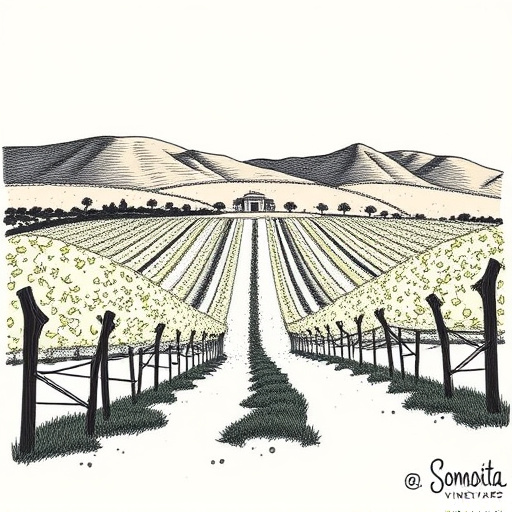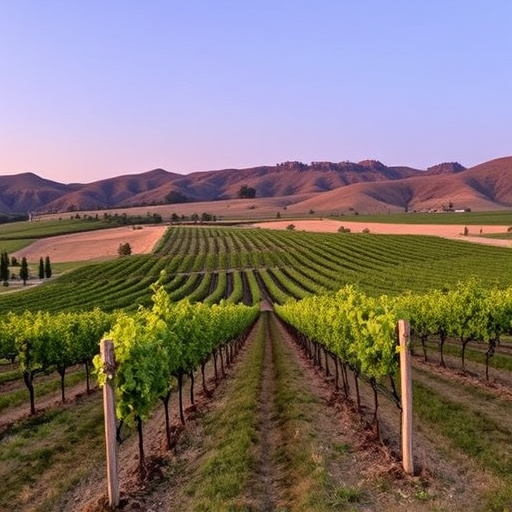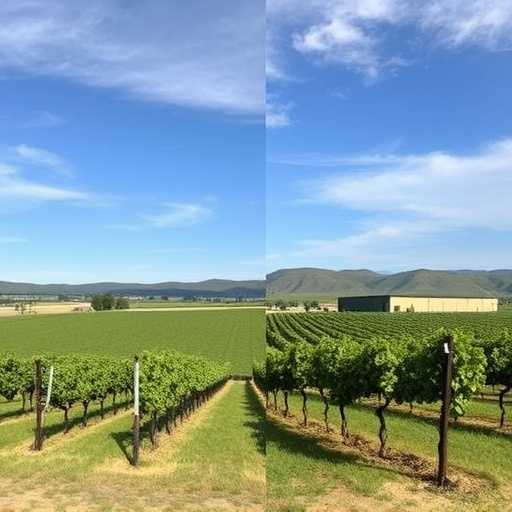Sonoita, Arizona's diverse microclimates offer a unique advantage to its vineyards, allowing for a wide variety of grape styles and wine flavors. Each vineyard benefits from specific environmental conditions, shaping the character and quality of their wines. These microclimates, influenced by elevation, aspect, soil composition, and proximity to water, lead to distinct terroir, resulting in a captivating symphony of wine styles from rich reds to crisp whites. Understanding these nuances is key for appreciating the unique flavors of Sonoita vineyards.
“Uncover the enchanting world of microclimate wines in the neighboring Sonoita region vineyards. This unique terroir, characterized by diverse microclimates, offers a captivating journey for wine enthusiasts. From the moment you step into these picturesque vineyards, you’ll discover how location and climate shape grape ripeness, ultimately contributing to the distinctive flavor profiles that make Sonoita wines so sought-after. Explore the art of blending and the magical process that transforms these local gems.”
- Exploring Sonoita's Diverse Microclimates
- Vineyard Location: Key to Wine Character
- Terroir Impact on Grape Ripeness
- Comparative Harvest Timings in Sonoita
- Unique Flavor Profiles of Local Wines
- The Art of Blending in Neighboring Vineyards
Exploring Sonoita's Diverse Microclimates
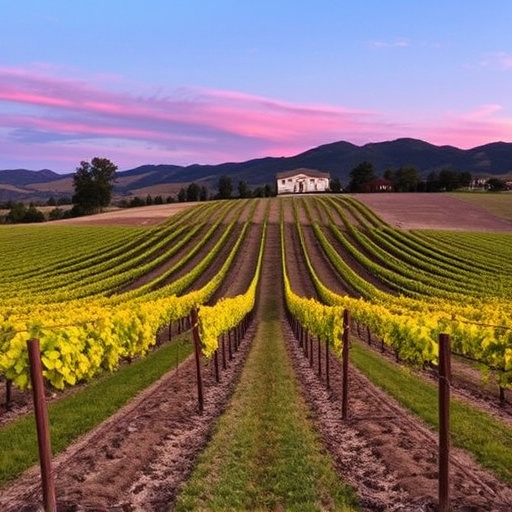
Sonoita, Arizona, is renowned for its thriving wine industry and breathtaking landscapes, but what sets it apart is the region’s diverse microclimates. This unique feature allows nearby vineyards to cultivate a wide range of grape varieties, each thriving in its specific environmental conditions. The microclimates vary from cool, high-altitude regions suitable for crisp white wines to warmer, lower-lying areas perfect for robust reds.
Exploring these microclimates offers wine enthusiasts a chance to uncover the distinct characteristics of each vineyard. For instance, higher elevation vineyards often experience cooler nights, slowing down grape ripening and concentrating flavors, while lower-lying spots bask in warmer days, encouraging earlier ripening and contributing to fruity, vibrant wines. This diversity ensures that Sonoita region vineyards offer a captivating variety for wine lovers seeking unique experiences.
Vineyard Location: Key to Wine Character
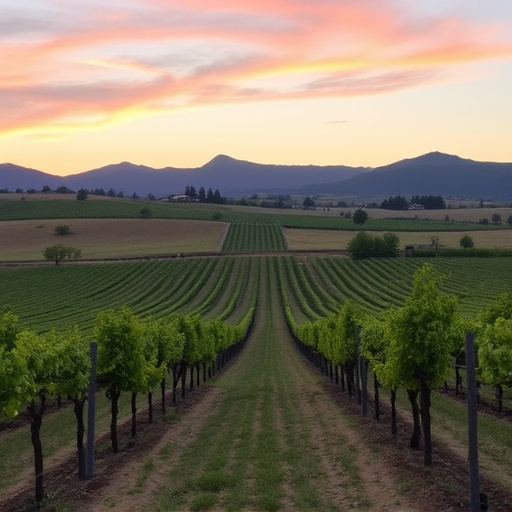
The location of a vineyard plays a pivotal role in shaping the character and quality of its wines. In the scenic Sonoita region, neighboring vineyards boast distinct microclimates that contribute to their unique terroir. Soils vary from one vineyard to another, with some benefiting from sun-warmed stones that promote ripening while others enjoy cool breezes that slow down the process, resulting in varying sugar and acid levels.
These regional variations create a diverse range of wine styles. Sonoita’s vineyards, nestled among mountains or situated on rolling hills, can experience temperature differentials that significantly impact grape development. The microclimate influences not just the varieties grown but also the flavors and aromas that ultimately grace your palate. Understanding these location-based nuances is key to appreciating the nuanced differences between wines from neighboring sonoita vineyards.
Terroir Impact on Grape Ripeness
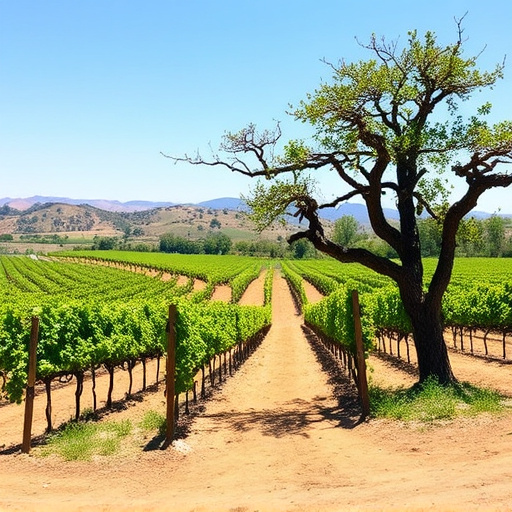
The concept of terroir, which encompasses the unique physical and biological characteristics of a vineyard site, plays a pivotal role in shaping the quality and distinctiveness of microclimate wines produced in the Sonoita region. Each vineyard within this neighboring area boasts its own microclimate, influenced by factors like elevation, aspect, soil composition, and proximity to water sources. These subtle variations contribute to differences in grape ripeness, with some vineyards experiencing warmer days and cooler nights, fostering optimal sugar-acid balance in grapes.
The impact of terroir on grape ripeness is profound. In Sonoita’s southern slopes, for instance, vines may bask in longer sun exposure, leading to slightly higher sugar levels in the grapes by harvest time. Conversely, northern-facing vineyards often enjoy gentle evening breezes that slow down grape ripening, preserving a more balanced acidity. This variation in terroir contributes to the diverse range of wine styles produced in Sonoita, from rich, full-bodied reds to crisp, vibrant whites, each reflecting the unique microclimate where they were grown.
Comparative Harvest Timings in Sonoita
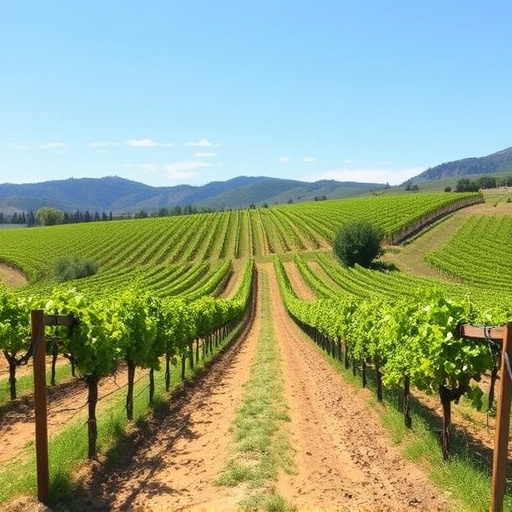
In the competitive world of wine, understanding the nuances of microclimates is a game-changer for winemakers in the Sonoita region. One notable aspect that sets apart the various vineyards in this area is their harvest timings, which can vary significantly from one vineyard to another, even when they are neighbors. This variation is primarily driven by the unique microclimates that exist within the broader Sonoita landscape.
The timing of the grape harvest is a critical factor in wine quality and style. Early harvests capture the bright, crisp flavors, while later picks can bring out richer, more complex notes. In Sonoita, vineyards situated in higher elevations or with more sun exposure often experience earlier harvest seasons due to warmer temperatures. Conversely, lower-lying areas or those protected from direct sunlight might collect their grapes a bit later, resulting in wines with distinct characteristics that reflect the region’s diverse microclimates.
Unique Flavor Profiles of Local Wines
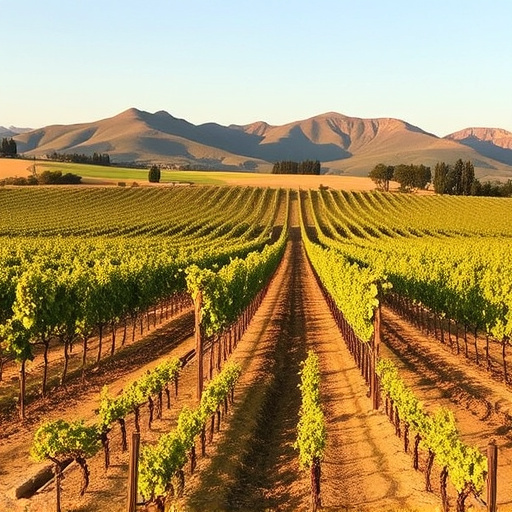
The unique microclimates of Sonoita region vineyards contribute significantly to the distinct flavor profiles of local wines. Each vineyard, nestled in its own microclimate, experiences varying temperatures, sunlight exposure, and wind patterns, all of which influence the growth and development of the grapes. These subtle differences translate directly into the final product, offering wine enthusiasts a diverse range of tastes within just a few kilometers.
Sonoita’s local wines are known for their bold yet nuanced characteristics. For instance, vineyards situated in higher elevations often produce wines with richer, more intense flavors, while those lower down may offer lighter, fruitier profiles. The region’s varied terrain and microclimates create a real-world lab for winemakers to experiment with, resulting in a captivating symphony of flavors that cater to diverse palates.
The Art of Blending in Neighboring Vineyards
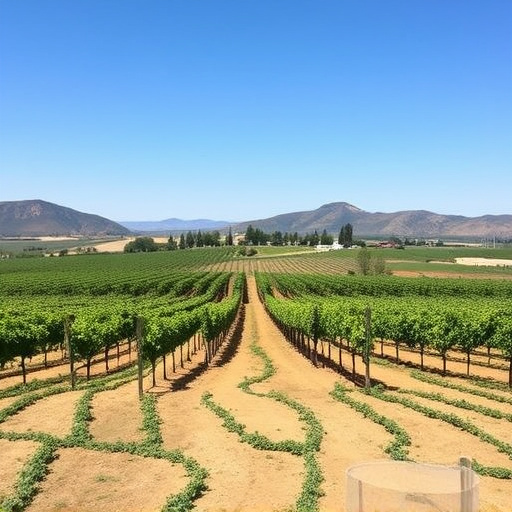
The art of blending is a subtle yet powerful tool employed by winemakers in the Sonoita region. Neighboring vineyards, though sharing similar climates and soil types, often develop unique characteristics due to microclimates and varying exposition to sun and wind. Winemakers expertly combine grapes from these different sites to create balanced and complex wines. This practice allows for a harmonious fusion of flavors, textures, and aromas that might otherwise be distinct in individual vines or plots.
Blending provides an opportunity to mitigate the effects of variable vintages and microclimatic differences, ensuring consistent quality and style. By carefully selecting and mixing grapes from neighboring vineyards, producers can craft wines with exceptional depth and character. This traditional practice not only enhances the drinking experience but also showcases the diverse terroir hidden within what appears to be a uniform landscape, making each bottle of Sonoita wine a unique testament to its origin.
The diverse microclimates of the Sonoita region offer a unique advantage for winemakers, enabling them to produce wines with distinct flavor profiles. By understanding the impact of terroir on grape ripeness and harvest timings, neighboring vineyards can collaborate on blending techniques, creating exceptional wine experiences. Exploring these microclimates allows us to appreciate the intricate relationship between nature and nurture in shaping Sonoita’s renowned vintages.
